The History of ADAT: How Alesis changed Digital Recording
The introduction of ADAT was a landmark development in digital recording. We’re taking a look into the history of ADAT to find out about the impact it had and how it paved the way for the technology that followed.
Although it’s no longer generally used as a recording medium, we still use optical Lightpipe as a format to connect digital devices via Toslink cable. For this reason, we still use the term ADAT loosely when referring to devices like ADAT preamp expanders for example.
The History of ADAT: The Origins
ADAT stands for Alesis Digital Audio Tape, which means that the technology was developed by Keith Barr of Alesis and launched on January 18, 1991, at NAMM. At the time, Alesis was a relatively small company, known for its quality digital reverb units.
In fact, the development of ADAT was funded by the success of the Alesis HR-16 drum machine, which was a far more affordable alternative to the expansive designs of Roger Linn and many others.
Barr had always dreamed of creating a widely accessible multitrack recording format and the idea actually occurred to him back in the late 1970s, when he disassembled a SONY U-matic digital recorder.
SONY
In 1977, SONY had introduced the PCM-1 AD/DA converter, which when paired with a SONY Betamax video recorder (first introed in 1975), allowed 2-channel digital audio recording and playback.
U-matic then replaced Betamax in 1978, around the time the PCM-1600 was launched for professional use. It was, in fact, the available bandwidth on U-matic tape that determined the 16-bit 44.1 kHz sample rate later used as the audio standard for CD.
U-matic recorders used 0.75-inch analogue video cassettes that allowed PCM digital audio to be written onto them as black-and-white video data. The genius of ADAT recorders, however, is that they used S-VHS tapes which was a widely available consumer medium.
- The PCM-1 Audio Converter · Source: Sony
- A Betamax advert, 1977. · Source: Sony
Recording at the time
In the 1980s, we saw the apex of analogue tape recording, with high-end machines such as the Studer A820. These 24-track tape machines used 2-inch tape and could be linked to form a 48-track recording system. However, they cost over $150,000 each depending on the chosen configuration.
At the same time, major studios were gradually moving over to professional digital recording systems in the form of DASH and ProDigi. SONY became the market leader with machines that offered 48-track recording and workflows that were very similar to analogue tape machines, which engineers preferred.

SONY PCM-3348 48-track digital multitrack recorder and RM-3348 remote controller (1989) · Source: Sony
Developing the ADAT Recorder
VHS was launched by JVC in 1976 and became successful because it was an open format that allowed other manufacturers to produce their own VCRs. This suited companies like Alesis because the cost of the mechanisms was lower and meant that ADAT recorders would enter the market at an affordable price.
However, the most crucial parts of the ADAT recorder were the electronics and audio aspects which required extensive R&D in order to compete in the marketplace. In 1997, the coding of chips for ASIC and VSLI required the acquisition of a $500,000 workstation, which was a considerable expense at the time.
The Alesis ADAT recorders
From 1992, the Alesis 8-track ADAT recorders became available for $3995, making it possible for users to easily link 3 units for a 24-track project studio. Alesis soon developed increasingly more accurate versions with better quality AD/DA conversion.
- ADAT Type I: 16-bit recording (original ADAT, “blackface”, and ADAT XT)
- ADAT Type II: 20-bit recording (XT-20, LX-20, and M-20)
- The original Alesis ADAT recorder (1992) · Source: Positive Feedback
- The ADAT LX20 (Type II) · Source: Alesis
The ADAT XT followed in 1995 offering a wealth of new features including a choice of 44.1 or 48 kHz sample rates and it was $500 cheaper than the original.
In 1998, the breakthrough releases of the XT20 ($2599) and flagship M20 ($6999) finally took ADAT to a professional standard with high-end conversion and transport controls.
The end of ADAT
With the rise of inexpensive HD recording systems, the utility and appeal of ADAT tape recording decreased dramatically from 2000 onwards. Today, we can see the mark it made through the industry-standard Lightpipe digital 8-channel, fiber-optic format we still find in both professional and consumer digital devices.
Alesis was acquired by Numark owner, Jack O’Donnell, in 2001 and continues to offer affordable music equipment. Although there are still multitrack digital recorders on the market currently, these are often implemented as backup rigs for Pro Tools systems and use digital formats such as MADI and Dante.
Overall, the rise of ADAT in the 1990s opened the world of professional recording to a substantially greater market. Artists who were previously unable to afford studio time had the opportunity to create albums professionally at a far lower cost. It may have been short-lived as a recording medium, but we can’t deny the cultural impact it had.

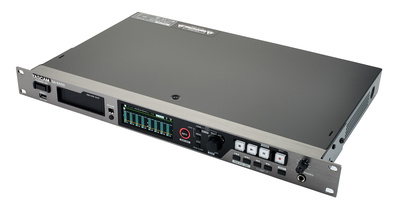
What are your favourite analogue and digital multitrack recorders? Please let us know in the comments below!
More about the History of ADAT:
- Alesis ADAT article on Positive Feedback
- More about Alesis
- Museum Of Obsolete Media
- All about ADAT
Videos:
You are currently viewing a placeholder content from YouTube. To access the actual content, click the button below. Please note that doing so will share data with third-party providers.
You are currently viewing a placeholder content from YouTube. To access the actual content, click the button below. Please note that doing so will share data with third-party providers.
You are currently viewing a placeholder content from YouTube. To access the actual content, click the button below. Please note that doing so will share data with third-party providers.
*Note: This article contains affiliate links that help us fund our site. Don’t worry: the price for you always stays the same! If you buy something through these links, we will receive a small commission. Thank you for your support!
2 responses to “The History of ADAT: How Alesis changed Digital Recording”
 4,3 / 5,0 |
4,3 / 5,0 | 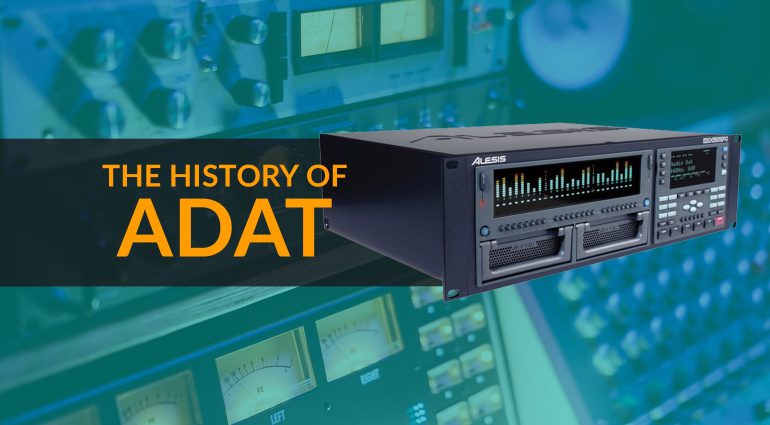

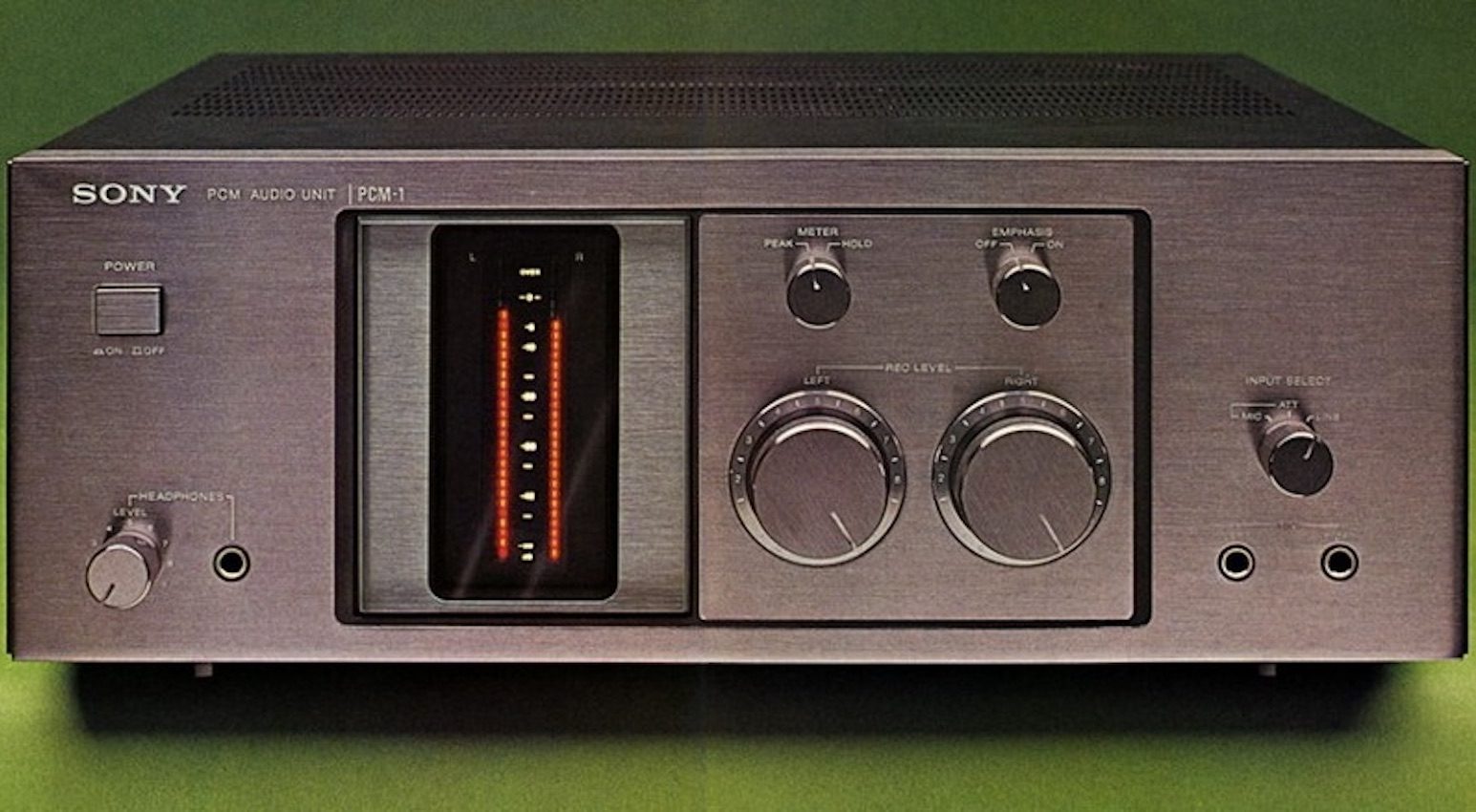
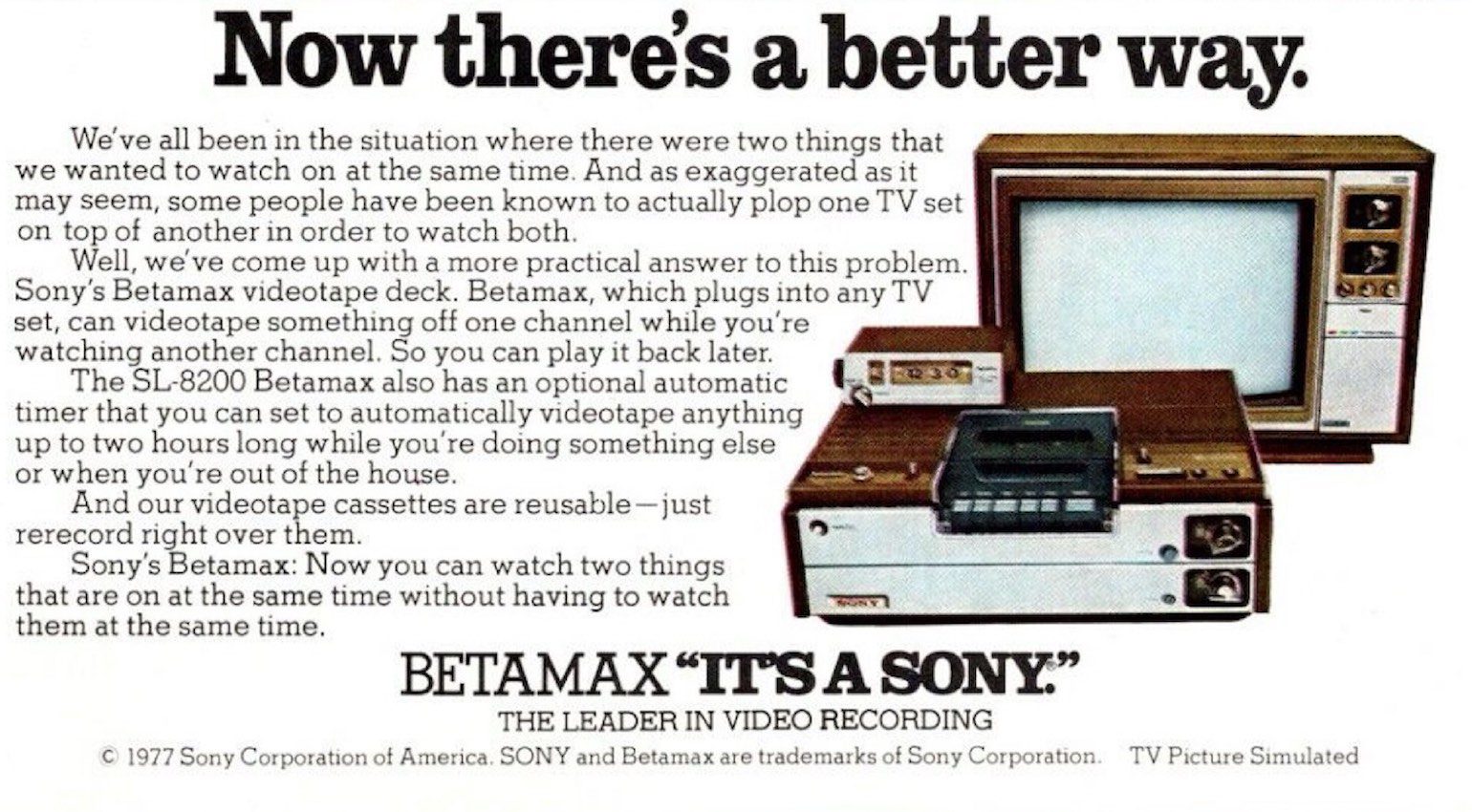

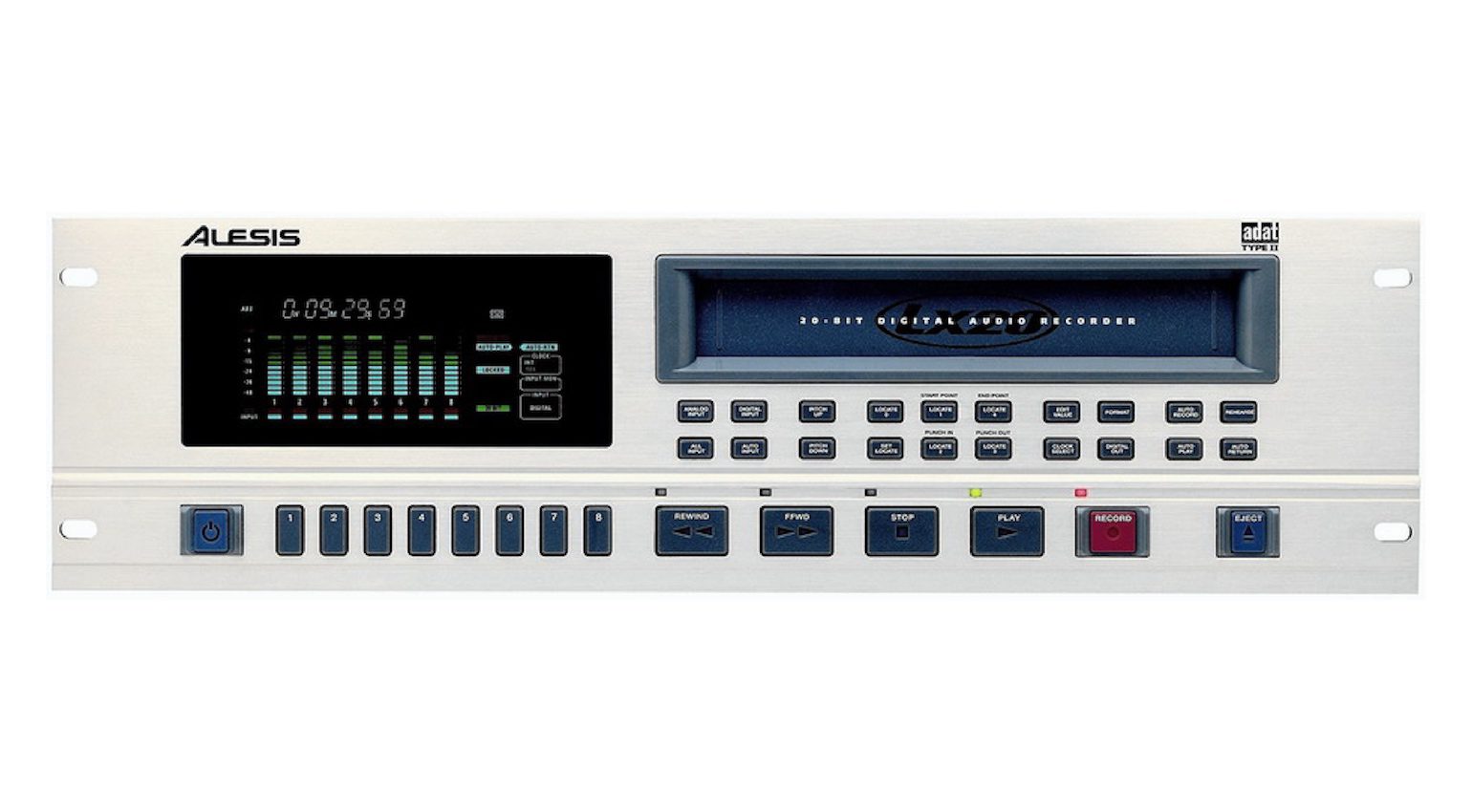
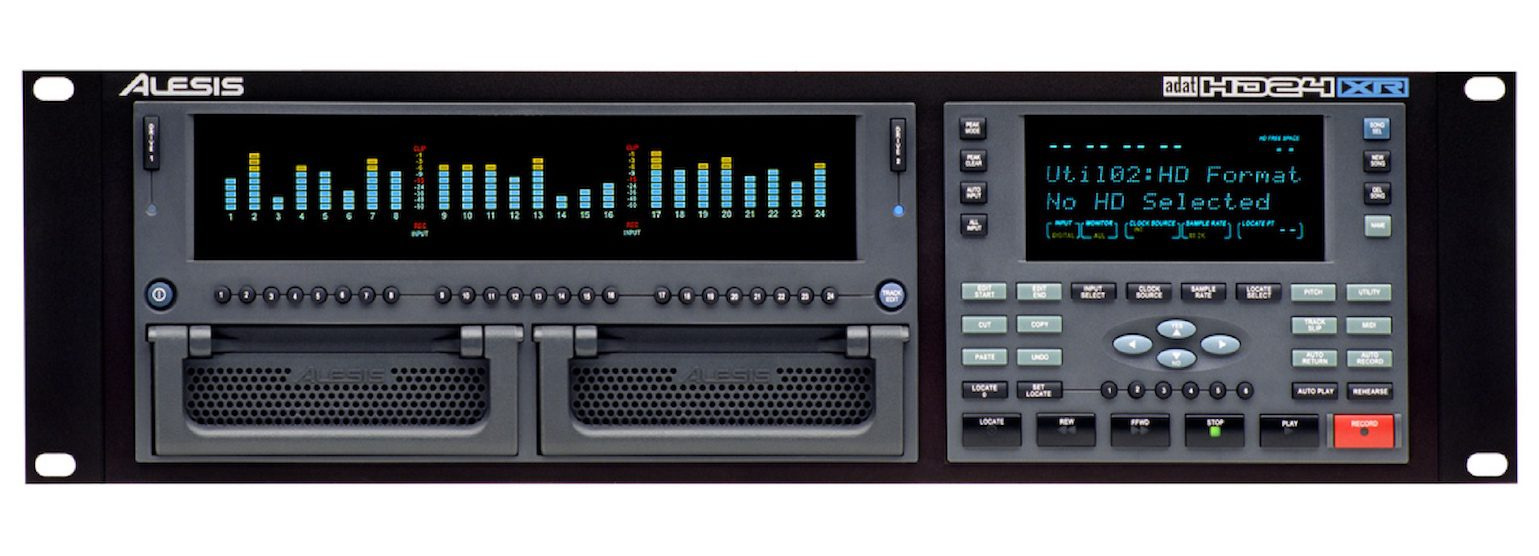




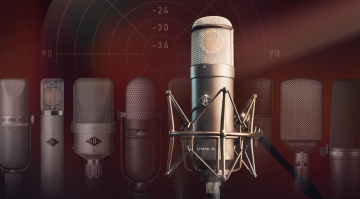

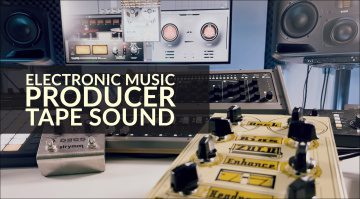

They came in as slightly cheaper than the superior Tascam DA-88s, so they found a niche. Two-ADATs-and-a-Mackie were ubiquitous project studios 1993-2000. Anyone who worked with them on a daily basis remembers “Alesis” as a curse word, they were perfectly awful.
Yep, ADATs were a whole thing. I did a ton of records on them. They opened the door for a lot of folks and (Error 7)…